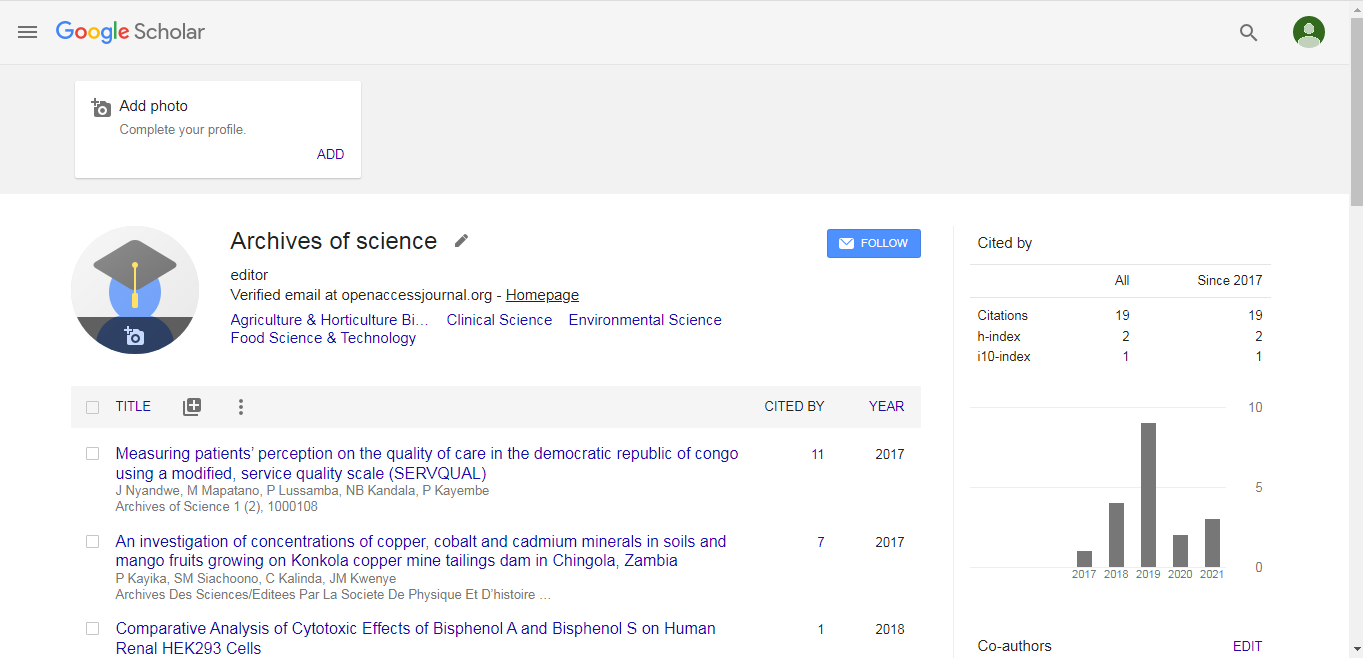Circular Economy and Waste Management: Trends and needs from the perspective of developing countries - Tania Rodiger Vorwerk - German Federal Ministry for Economic Cooperation and Development
*Corresponding Author:
Copyright: © 2018 . This is an open-access article distributed under the terms of the Creative Commons Attribution License, which permits unrestricted use, distribution, and reproduction in any medium, provided the original author and source are credited.
Abstract
Statement of the Problem: Governments, industry and the civil society global an increasing number of comprehend that the linear model of economic boom, on which they often relied within the past, or nevertheless depend, is unsustainable from an economic, environmental and social perspective and they cannot build their future on take-make-dispose version. The round economic system method isn't simplest applicable for hooked up economies. The governments are dealing with the assignment of addressing unsustainable styles of consumption and manufacturing. Moving toward a circular economy is crucial for all governments to fulfill the Sustainable Development Goals (SDGs) amid growing scarcity of herbal resources and developing urban- populations, with a growing income and multiplied consumption through increase in purchasing strength. In the context of round economic system, there are numerous SDGs which can be of relevance which includes SDG 6 (Ensure availability and sustainable control of water and sanitation for all), SDG eight (Promote sustained, inclusive and sustainable financial boom, complete and productive employment and respectable work for all), SDG 11 (Sustainable Cities and Communities), SDG 12 (sustainable intake and production styles), SDG thirteen (Climate Action) and SDG 14 (Conserve and sustainably use the oceans, seas and marine sources for sustainable development). The German Federal Ministry of Economic Cooperation and Development (BMZ) affords respectable improvement help for several international locations classified as low- and center profits nations. The presentation informs about techniques to aid transformation closer to circular financial system in the ones countries and proposed precedence goals and movements. These cowls as an instance recommendation and financing for sustainable coping with and recycling of digital waste, prevention of marine clutter, and the help of cities for imposing weather-pleasant waste management technologies.
Circular financial system (CE) is a sustainable improvement strategy this is being proposed to address pressing issues of environmental degradation and aid scarcity. The principles account for a circular machine wherein all substances are recycled, all strength is derived from renewables; sports guide and rebuild the surroundings and aid human fitness and a healthful society and sources are used to generate fee. This look
at is a review of the swiftly growing literature on CE overlaying its idea and cutting-edge practices and assessing its implementation. The review additionally serves as an assessment of the layout, implementation and effectiveness of CE associated regulations. It first affords the concept of CE and compares it with the cutting-edge linear economy of taking materials, producing goods and disposing waste. It explains why it's miles vital to transport far from a linear economic system closer to regenerative sustainable industrial improvement with a closed loop. The paper then introduces present day practices that have been brought and discusses standards for the evaluation of CE’s improvement and performance. The fundamental focus right here is on imparting a summary of the facts analysis of key CE indicators to give a photo of CE practices. Third, based on an analysis of literature, the paper identifies the underlying troubles and challenges to CE in an entrepreneurial perspective. Finally, the review gives an end on CE’s modern-day improvement and gives policy pointers for its destiny improvement as part of an entrepreneurial and modern countrywide degree improvement method.
Environment and economics are carefully inter-related. However, maximum economics textbooks pay little interest to the environment and in the exceptional case situation, a chapter illustrating how the economic idea can be carried out to numerous environmental issues is added to them. This approach obscures the essential ways wherein surroundings influences financial wondering. Circular economy (CE) with its 3R principles of lowering, reusing and recycling material genuinely illustrates the strong linkages among the surroundings and economics. In an effort to breach this hole, the idea of round financial system became first added by Pearce and Turner. In their Economics of Natural Resources and the Environment (1990) they define the theories within and between economics of herbal sources and their interactions and implications for the idea of ways economics works. The authors complicated on environment both as an enter and as a receiver of waste. They illustrate that ignoring the surroundings manner ignoring the financial system as that is a linear or open-ended gadget without an in-built device for recycling. The quantity of assets utilized in manufacturing and intake through the first regulation
This work is partly presented at 8th World Congress and Expo on Recycling June on 25-26, 2018 at Berlin, Germany
Vol.2 No.2 Extended Abstract Archives of Science 2018
of thermodynamics can't be destroyed and are identical to waste that finally ends up within the environmental system. Kenneth Boulding’s 1966 essay The Economics of Coming Spaceship Earth contemplates the earth as a closed monetary machine in which the economic system and the surroundings are characterized by means of a circular relationship in which everything is input into the whole thing else. The version of economics and environmental relation in Pearce and Turner (1990) is similarly prolonged by using Boulding to account for the natural surroundings assimilative waste capacity, disposal of non-recyclable assets and non-renewable or exhaustible sources. The seek is to discover what needs to arise for economics and the environment to coexist in equilibrium. Leontief (1928, 1991 translation) in The Economy as a Circular Flow refers back to the economic idea’s predominant focus on fee theory and neglecting the fabric factor of view. He shows re-setting up the perfect dating among the cloth and cost points of view and arranging the 2 views such that the material technique is of considerable significance (also see Samuelson, 1991)

 Spanish
Spanish  Chinese
Chinese  Russian
Russian  German
German  French
French  Japanese
Japanese  Portuguese
Portuguese  Hindi
Hindi 